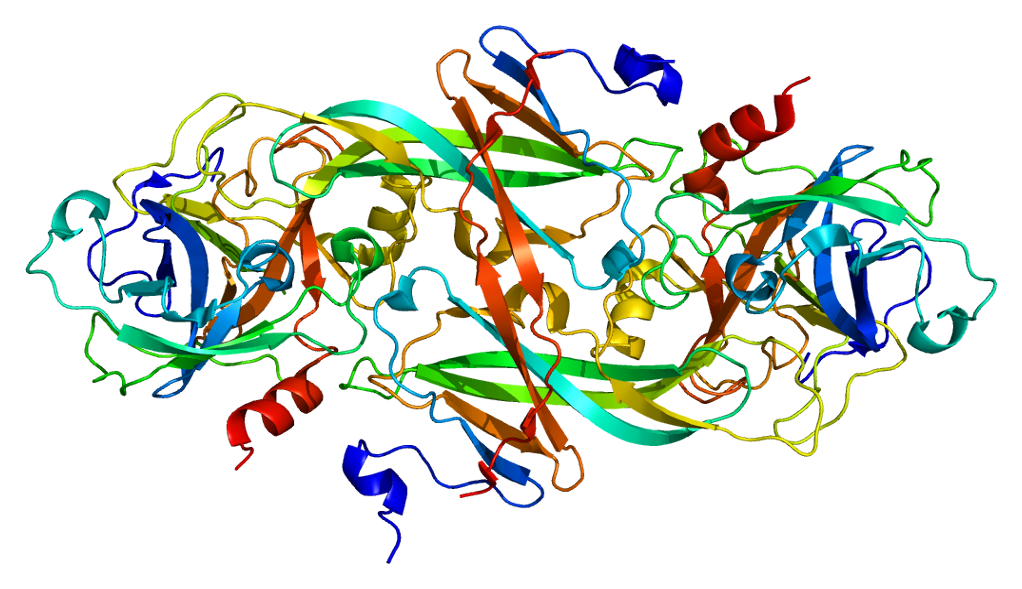Congenital Factor Xi Deficiency

A rare inherited bleeding disorder characterized by reduced levels and/or activity of factor XI (FXI) resulting in moderate bleeding symptoms, usually occurring after trauma or surgery.
Epidemiology
Prevalence of homozygous forms is estimated at 1/1,000,000. The disease is more frequent in the Ashkenazy Jewish population where the frequency of partial deficiency is 8%. The disease affects both sexes.
Clinical description
Bleeding may manifest at any age, usually occuring after circumcision, dental extractions, trauma, or surgery (in particular surgery in the otorhinological and urogenital areas). Patients usually do not present spontaneous bleeding but women can present with menorrhagia. Hemorrhages are usually moderate. Undiagnosed and untreated patients can develop significant hematomas after a surgical procedure.
Etiology
Congenital FXI deficiency is caused by mutations in the F11 gene (4q35.2) controlling the production of plasma FXI. Unlike in most factor deficiencies, the severity of the bleeding manifestations is poorly correlated with the FXI level.
Diagnostic methods
Diagnosis is based on a prolonged activated partial thromboplastin time (aPTT), and on reduced levels of FXI. FXI levels are < 20 IU/dL in severe defects and range between 20 and 60 IU/dL in partial deficiencies. Molecular testing is available, but unnecessary for diagnosis.
Differential diagnosis
Differential diagnoses include deficiencies of factors II, V, VII, X, VIII, IX, XIII, combined deficiency of factor V and factor VIII, von Willebrand disease and platelet function disorders.
Genetic counseling
Transmission is mainly autosomal recessive. Genetic counseling should be offered to at-risk couples (both individuals are carriers of a disease-causing mutation) informing them of the 25% risk of having an affected, homozygous child at each pregnancy. Heterozygous patients with bleeding symptoms have also been observed, which suggests an autosomal dominant mode of transmission with variable penetrance.
Management and treatment
Patients may require treatment when dental extraction or surgery is planned. Factor XI concentrates or fresh frozen plasma is usually used. Low doses recombinant factor VIIa have been also used. Antifibrinolytics (aminocaproic acid, tranexamic acid) are also helpful as FXI deficiency leads to a hyperfibrinolytic state.
Prognosis
Prognosis is good, as bleeding symptoms are usually moderate.